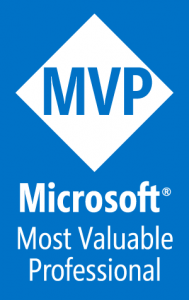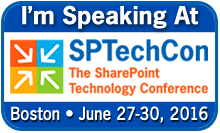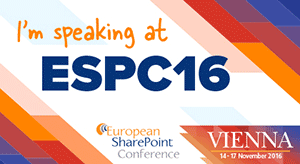Last week I presented on Sharepoint Provisioning with PnP, during one of many upcoming #PixelMillWebinars. First, I want to say thank you to all those who attended. We had excellent attendance, which verifies to me this is an important topic to many. I know I threw out a lot of information, and that left minimal time for me to answer any inquiries. In this blog, I wanted to take the opportunity to respond those questions during the webinar, as well as provide additional information, feedback, and tips to get you started with SharePoint Provisioning.
What is SharePoint Patterns and Practices (PnP)?
SharePoint PnP is an open-source, community-driven initiative created back in 2013. The project aims to provide code, samples, documentation, videos, and best practices to further grow our implementation best practices for SharePoint and Office 365 knowledge base.
Session Overview:
PnP PowerShell, based on the PnP Core Components, can be combined with the PnP Remote Provisioning Schema and utilized as a method to provision SharePoint repeatedly. The recording of the session will give you a step-by-step overview of installing PnP PowerShell and running a variety of commands, usage scenarios, and PowerShell scripts.
You can view the recording of the webinar direct from the PixelMill blog.
Questions that came up during the webinar:
- Q1: “I have installed SharePoint PnP PowerShellOnline.msi for SharePoint Online, but I can’t find that app. How do I find it (or should I simply be using PowerShell)?”A1: The app in question is just PowerShell or I used the Windows PowerShell ISE. Once you install the msi, the PnP Powershell commands will be available whenever you start PowerShell / PowerShell ISE.
- Q2: “Could this be automated through a SharePoint List?” (“this” being triggering a PnP Provisioning process)A2: Possibly, although you would not be using powershell then, you would want to build an Azure function or webjob that used PnP core to apply the provision template.
- Q3: “Is the PnP code clearly separated for on-prem and O365?”A3: In the codebase, yes, but from the end user / end developer perspective, no. Just works great in one command no matter the environment.
- Q4: “Do you keep your book, Pro SharePoint 2013 Branding, updated with online updates?”A4: The theories in the book are still relevant but I will admit the code is getting dated. Even though it was written in 2013, I still use it as a reference as needed for 2016/SPO for responsive theories.
Join Me and Others in the Community
If you are interested in getting involved in the PnP community then don’t forget to check out some of the below resources.
- Invite: Monthly PnP Community Call
- Invite: Bi-weekly SIG for PnP CSOM Core / PowerShell Call
- Invite: Bi-weekly SIG PnP for SharePoint Framework / JavaScript Development Call
Check Out My Latest Posts on PnP






Speak Your Mind